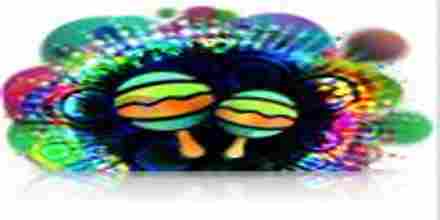Ragga is a subgenre of dancehall music that emerged in Jamaica during the late 1970s and early 1980s. It is characterized by its fast-paced rhythms, heavy use of electronic instruments, and distinctive vocal style known as "toasting." This genre evolved from earlier forms of Jamaican music such as ska, rocksteady, and reggae, but it distinguishes itself through its more aggressive and energetic sound.
The term "ragga" is often used interchangeably with "dancehall," but purists argue that ragga specifically refers to the faster, more electronic-influenced tracks within the broader dancehall spectrum. The beats in ragga are typically driven by a heavy, syncopated drum pattern, often featuring rapid-fire hi-hats and snares. Basslines are deep and resonant, providing a solid foundation for the music's infectious grooves.
Vocally, ragga is known for its rapid-fire, almost spoken-word delivery. Artists often use a technique called "toasting," which involves chanting or speaking over the rhythm in a rhythmic, almost rap-like style. This vocal approach allows for intricate lyricism and storytelling, often addressing social issues, personal experiences, and cultural commentary.
Ragga lyrics can be explicit and provocative, tackling themes such as love, sex, violence, and political corruption. The genre has been both celebrated and criticized for its raw, unfiltered content. Artists like Shabba Ranks, Super Cat, and Buju Banton are often credited with popularizing ragga, bringing it to international audiences through their powerful performances and influential albums.
The production of ragga music is heavily reliant on technology. Producers use synthesizers, drum machines, and samplers to create the distinctive electronic sounds that define the genre. This technological approach allows for a high degree of experimentation and innovation, leading to a diverse range of sub-styles within ragga itself.
Ragga has had a significant impact on global music culture. Its influence can be heard in various genres, including hip-hop, grime, and electronic dance music (EDM). The rhythmic complexity and vocal style of ragga have inspired countless artists around the world, contributing to its enduring popularity.
In Jamaica, ragga remains an integral part of the local music scene. It is often performed at sound system events, where massive speakers blast the music through crowded dancehalls. These events are not just about the music; they are social gatherings where people come together to celebrate and express themselves through dance and camaraderie.
The fashion associated with ragga is equally vibrant. Artists and fans often sport colorful, baggy clothing, bold accessories, and distinctive hairstyles. This visual aesthetic complements the energetic and expressive nature of the music, creating a cohesive cultural experience.
Despite its controversial lyrics and sometimes polarizing content, ragga has carved out a unique place in the pantheon of Jamaican music. Its blend of electronic production, rapid-fire vocals, and socially conscious themes makes it a powerful and enduring genre that continues to inspire new generations of musicians and fans alike.
 Saint Lucia, Castries Ragga
Saint Lucia, Castries Ragga Ragga 128 kbps MP3
Ragga 128 kbps MP3 187
Ragga
187
Ragga